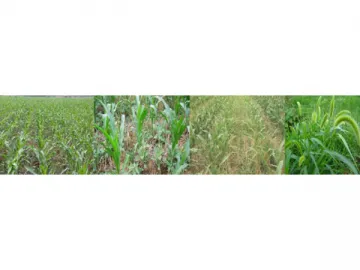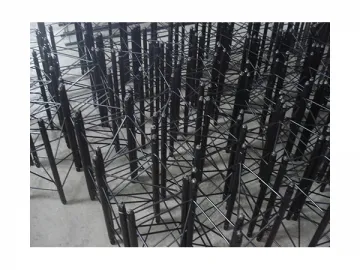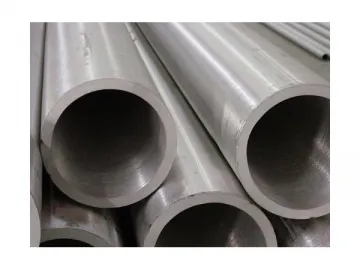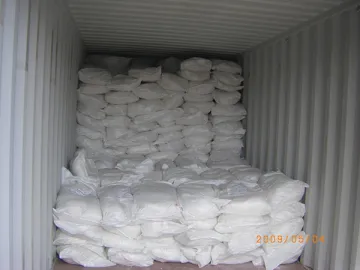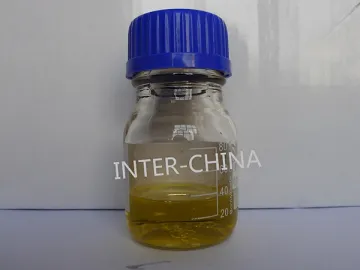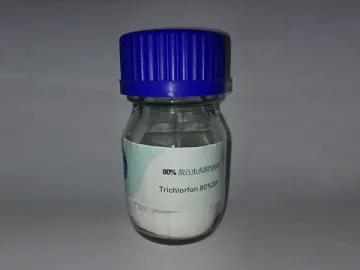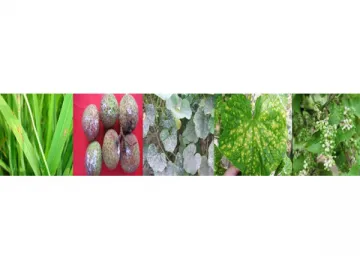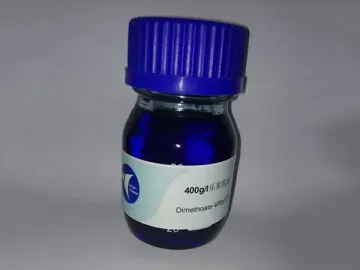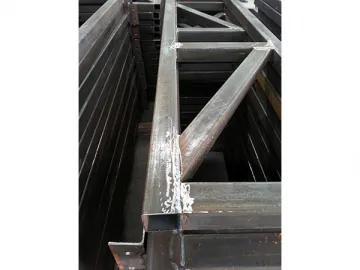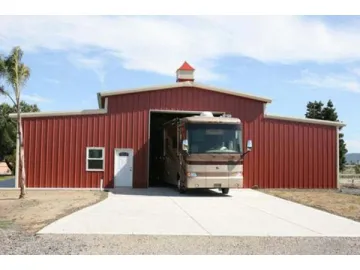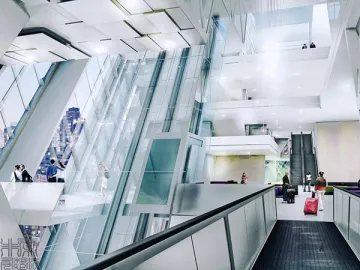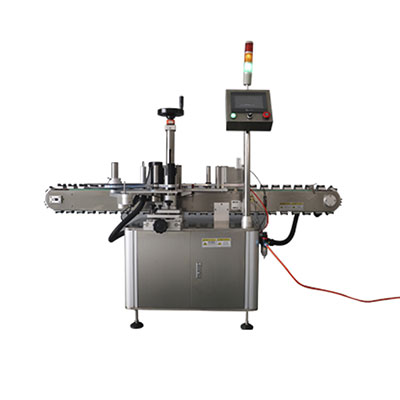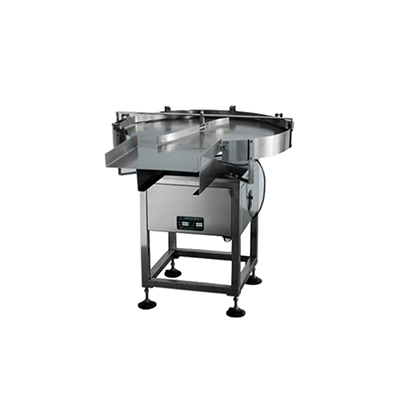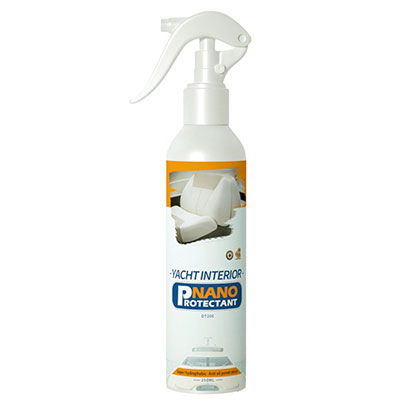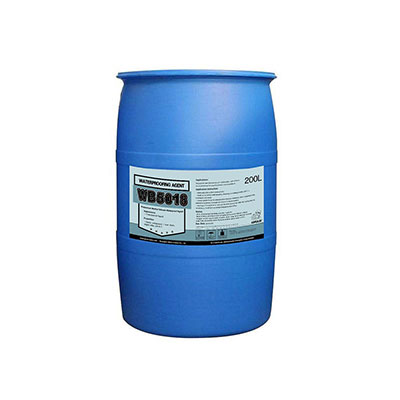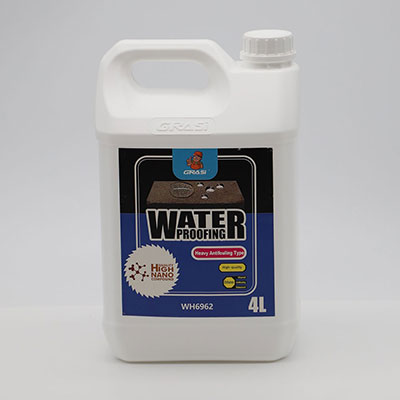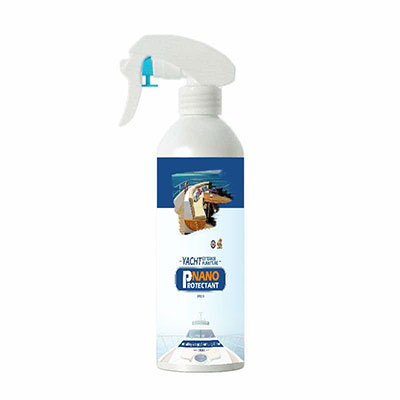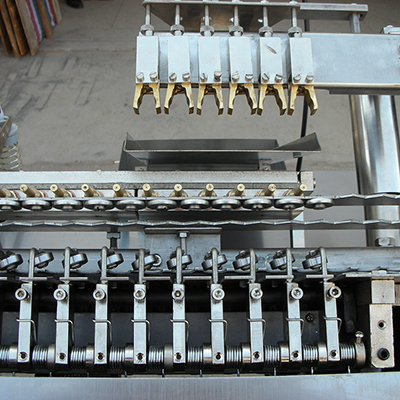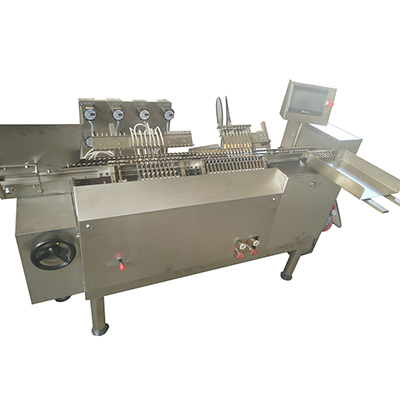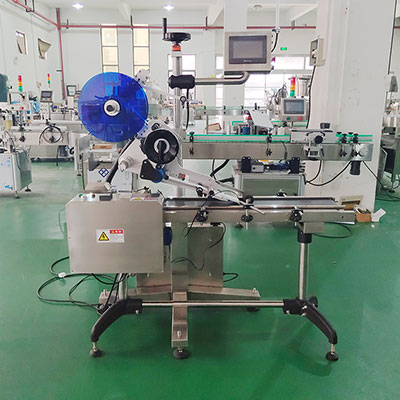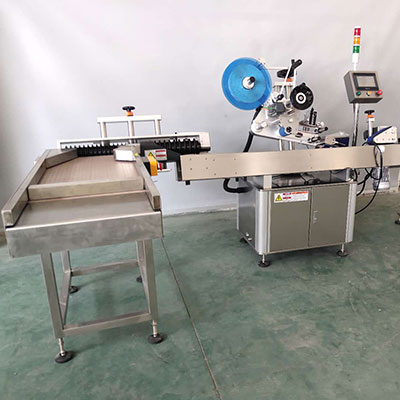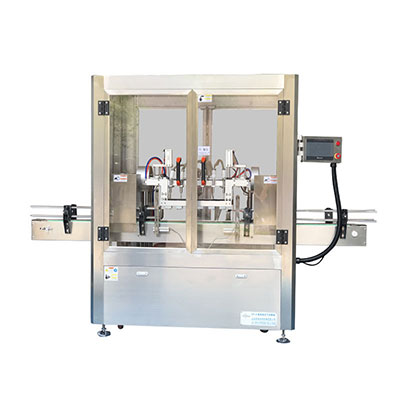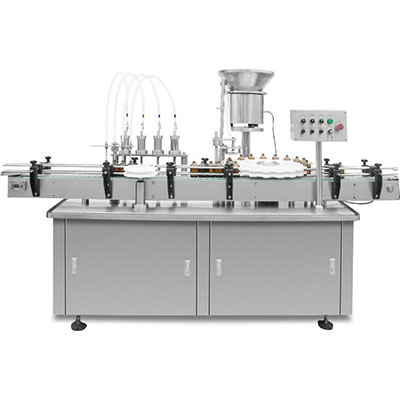Fiberglass Insulation
Introduction
The fiberglass insulation takes quartz sand and borax as main raw materials. By1400℃ high temperature melting, we get the molten glass. Then with the most advanced centrifuge technology, we fiberize the molten glass and add a certain amount of adhesive into it. Finally, the fiberglass insulation blanket will be finished by the curing process.
The fiberglass batt insulation is the first choice to limit temperature changes and sound transmission inside steel framed buildings. The air is the carrier of sound and heat. Inside our product, there are quantities of super fine fiberglass. The total surface area is also very large, so as to enhance the resistance to the air, making it impossible to flow, and eliminate the convective heat transfer. The enormous friction also results in the fast attenuation of air vibration. The attenuation will endow the fiberglass insulation with excellent sound absorption and heat insulation effect.
Features
1. Whether under conditions of high temperature or low temperature, the fiberglass keeps good thermal insulation properties.
2. The product is fire-retardant, and does not produce harmful gases. It is identified as the legal non-combustible material worldwide.
3. A consistent elastic restoring force.
4. Good absorption of low, medium, and high frequency sound. Good noise reduction effect.
5. Small moisture absorption rate under wet conditions.
6. Small linear expansion coefficient.
7. Low aging rate. After long-term use, the fiberglass insulation still maintains the original performance.
8. Good processing properties.
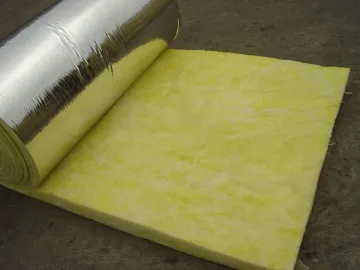
Heat Insulation Performance Comparison with Other Insulation Materials
The following data show the thickness comparison between the 12 kg/m3, 50 mm thick fiberglass with other materials with the same insulating effect.
| Fiberglass | Reinforced concrete | Mortar adobe brick | Wood (pine, rift grain) | Sheet glass |
| 50mm | 1500mm | 700mm | 180mm | 650mm |
| Fiberglass | Rockwool | Polyurethane | Eps | |
| Heat insulation | 0.035-0.040w/m.k | 0.04-0.45w/m.k | 0.035-0.04w/m.k | 0.004-0.045w/m.k |
| Fire-proof | A grade, no toxic fumes | A grade, no toxic fumes | B2 grade, with toxic fumes | B3 grade, with toxic fumes |
| Sound absorption | Excellent | Excellent | None | None |
| Construction | Light weight, simple and convenient for construction | Heavy weight, with dust, complex for construction | Complex for construction | Easy for construction |
| Chemical stability | Stable, anti-aging, anti-corrosion | Stable | Unstable, vulnerable to corrosion and aging | Soluble in ether, acetone and other organic solvents |
| Water-proof | Excellent waterproof ability, when get wet, properties and morphology remain unchanged after drying | Poor waterproof ability. Chalking when get wet | Ordinary waterproof ability | Excellent waterproof ability |
| Economy | Low cost, cost-effective | Low cost but not cost-effective | High cost | High cost |
The above data show that the fiberglass has unparalleled insulation effect.
Parameter of JHY-M10 Fiberglass Insulation
| Test Standard | Technical Parameter | |
| Apparent density | GB/T5480.3 | ≧ 10kg/m 3 |
| Average fiber diameter | GB/T5480.4 microscopic method | ≦ 7.6μm |
| Shot content | GB/T5480.5 | 0% |
| Combustion performance | GB/8624 BS476 | A grade 0 grade (incombustible material) |
| Thermal load contraction temperature | GB/T11835-1998 | ≧ 250 ℃ |
| Thermal conductivity | GB/T10294 | ≦ 0.058w/m.k (Average test temperature 24 ℃ ) |
| Hydrophobic rate | GB/T10299 | ≧ 98% |
| Thickness (mm) | Thermal Resistance (m 2 .k/w) |
| 50.0 | 1.0 |
| 75.0 | 1.3 |
| 100.0 | 1.6 |
| 120.0 | 2.0 |
Links:https://www.globefindpro.com/products/75753.html
